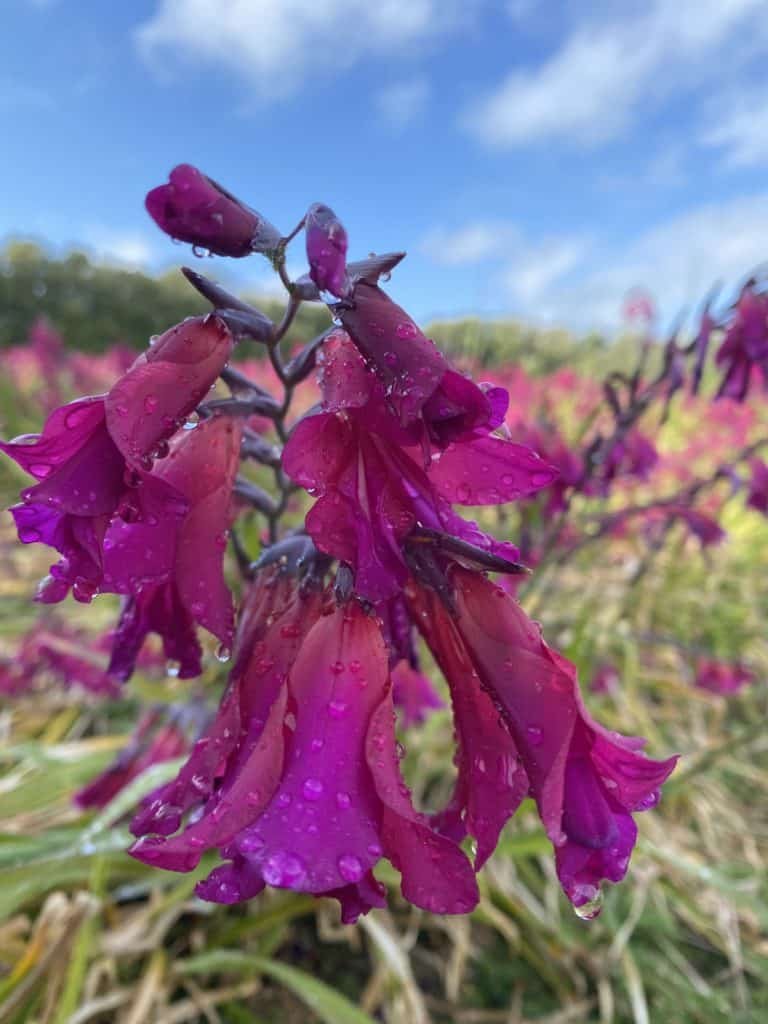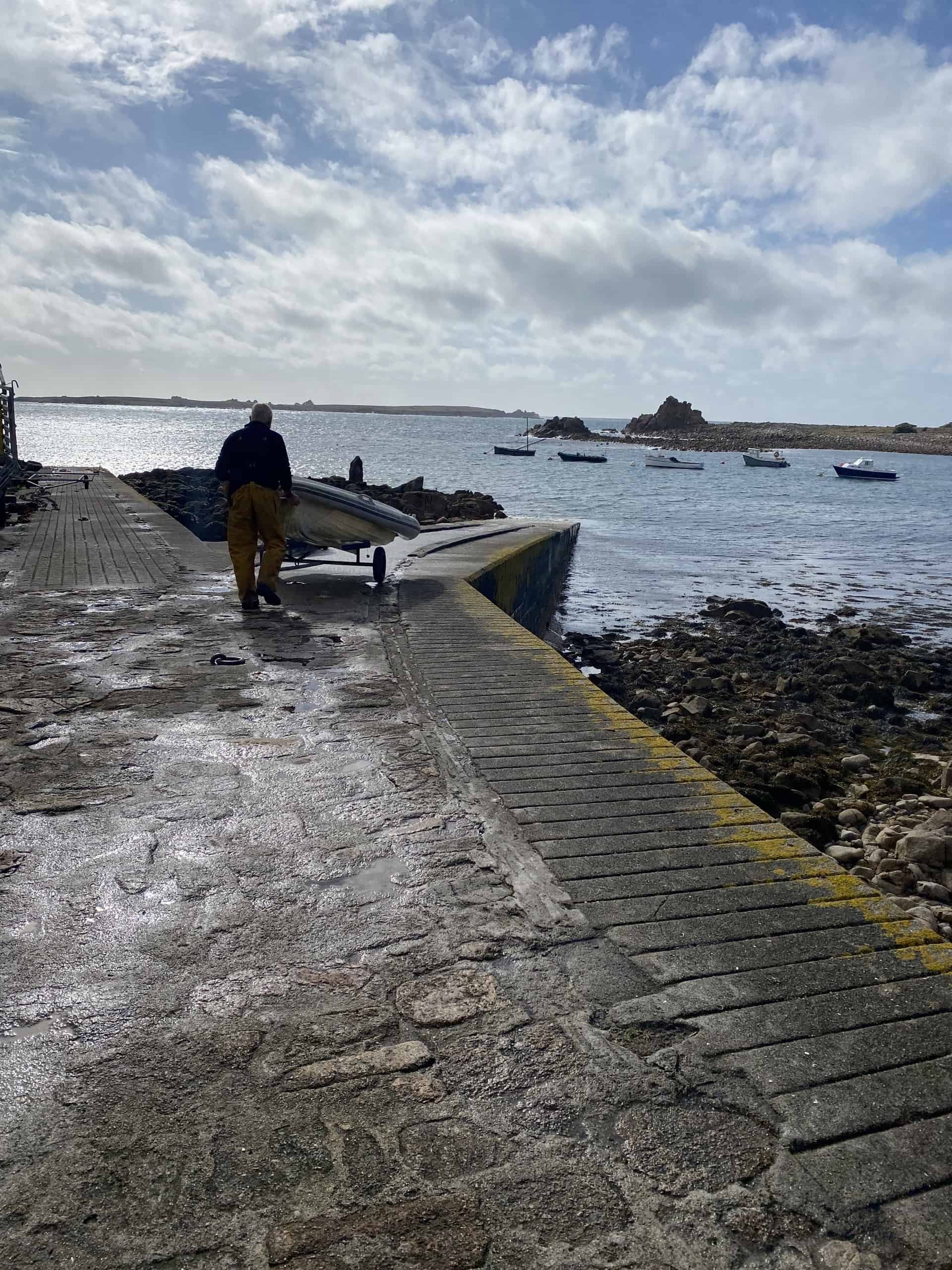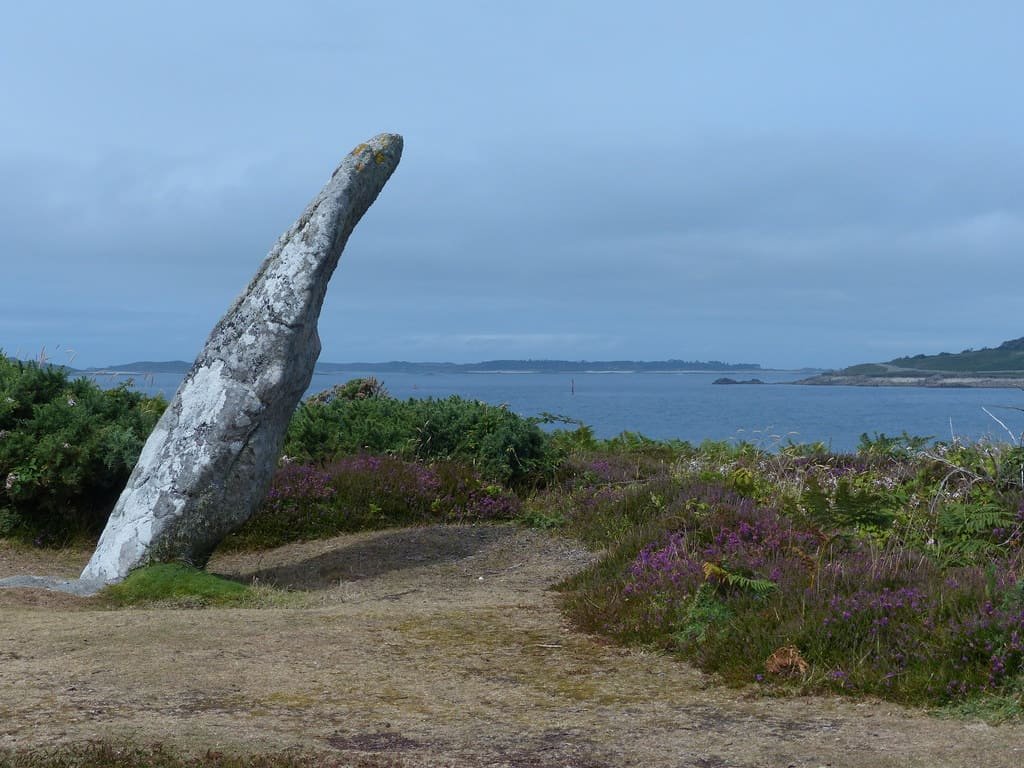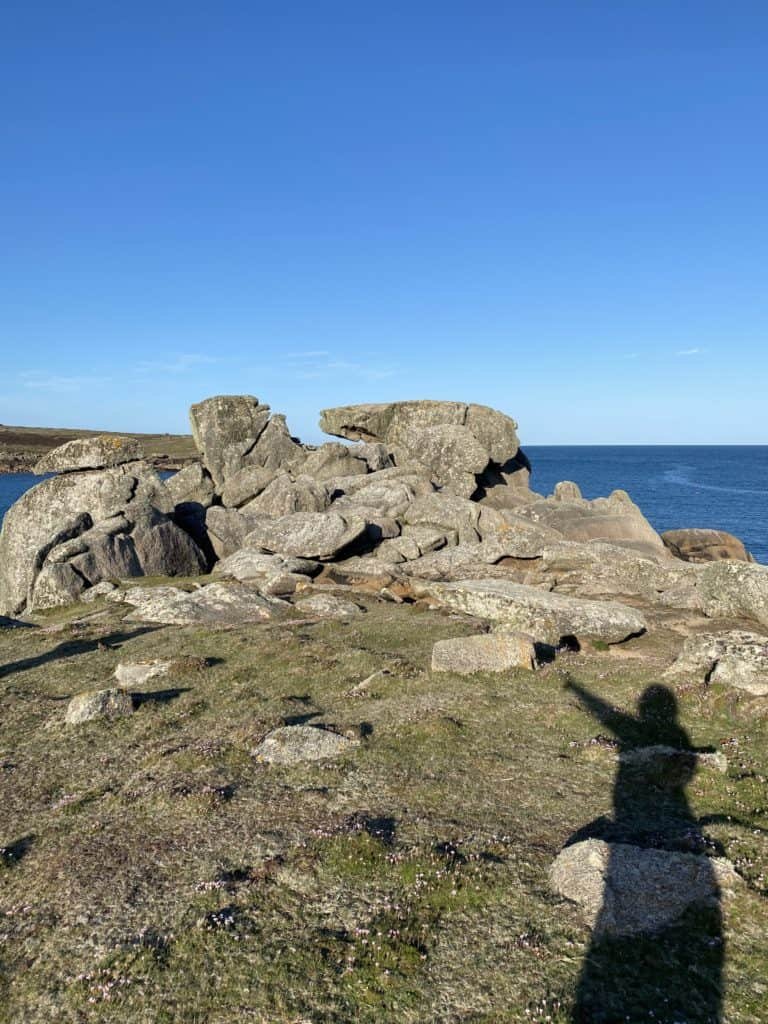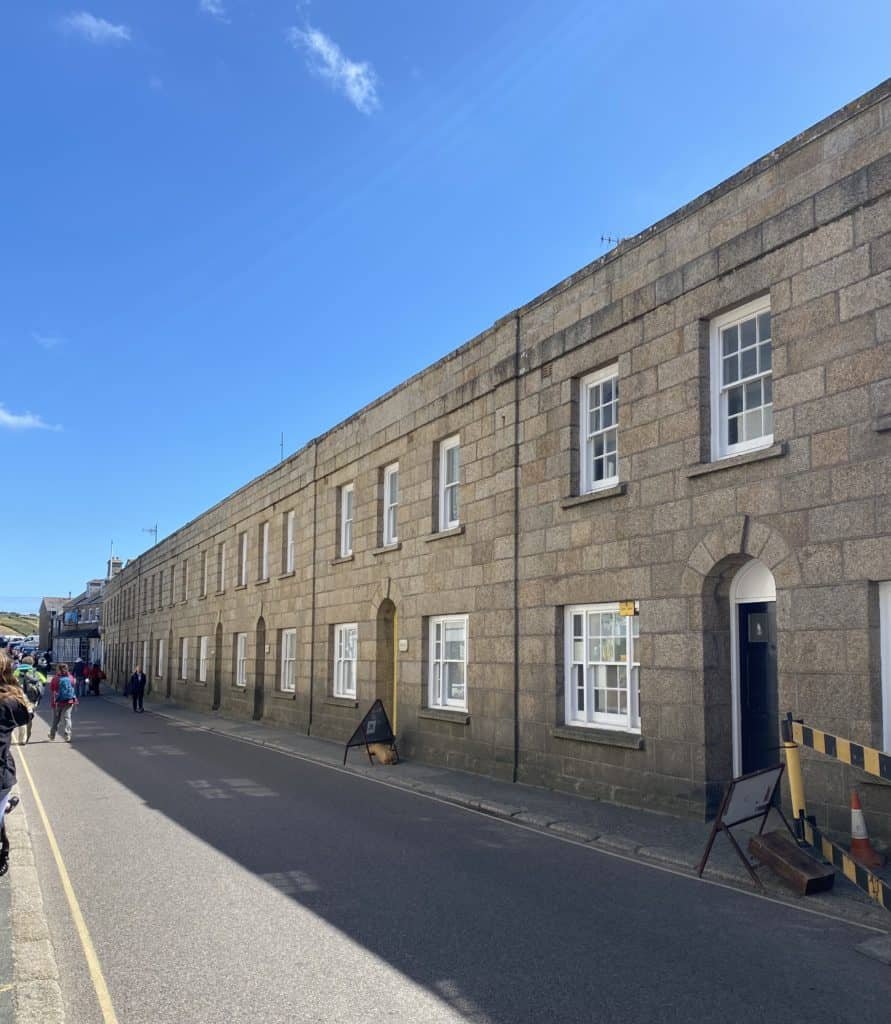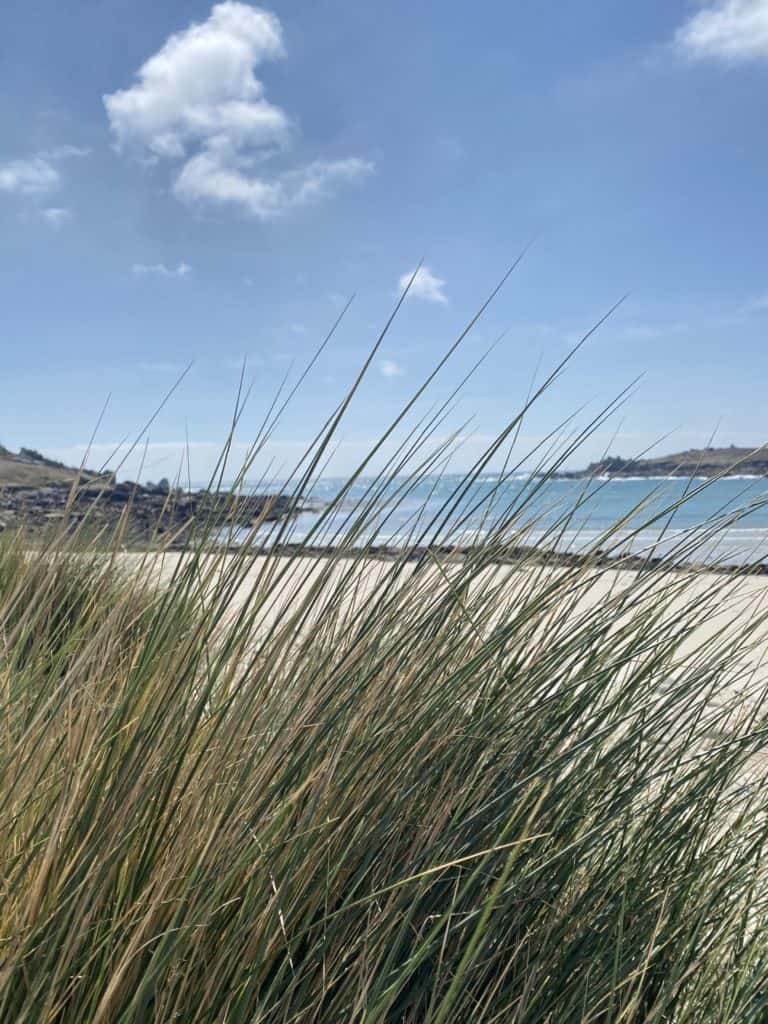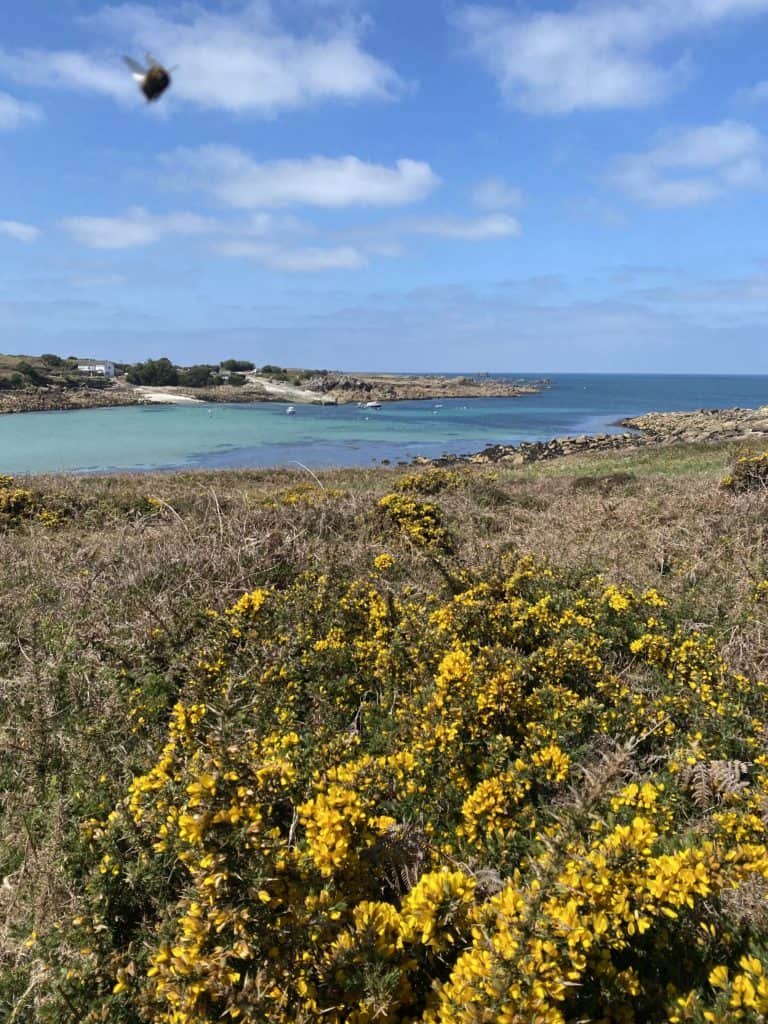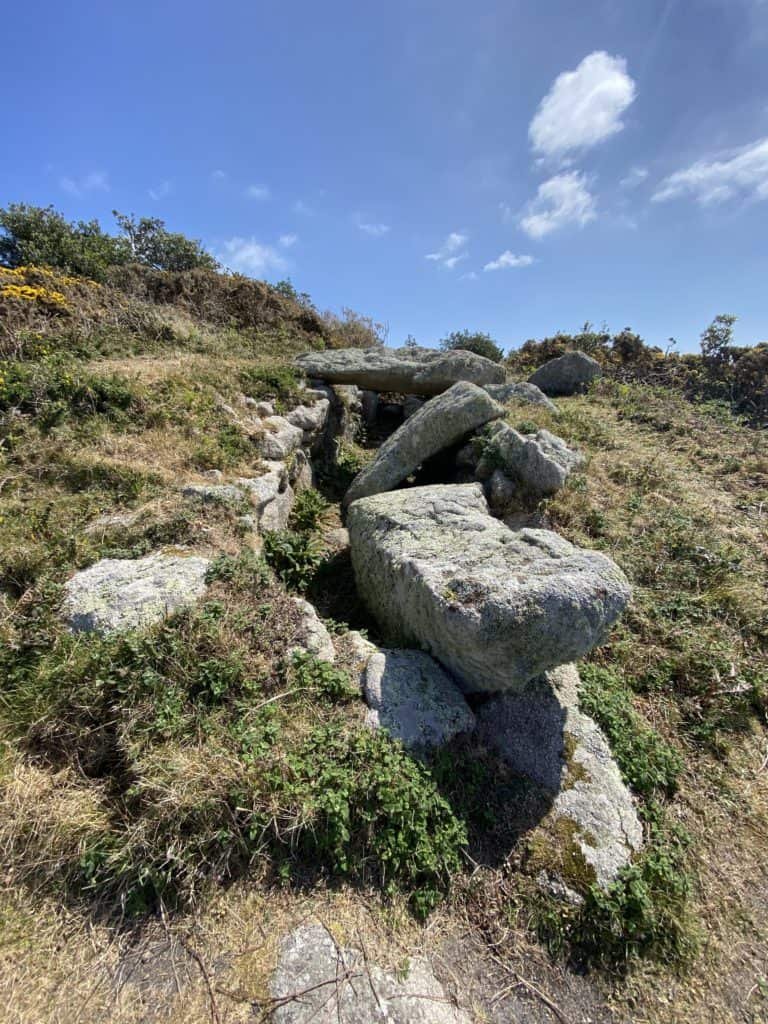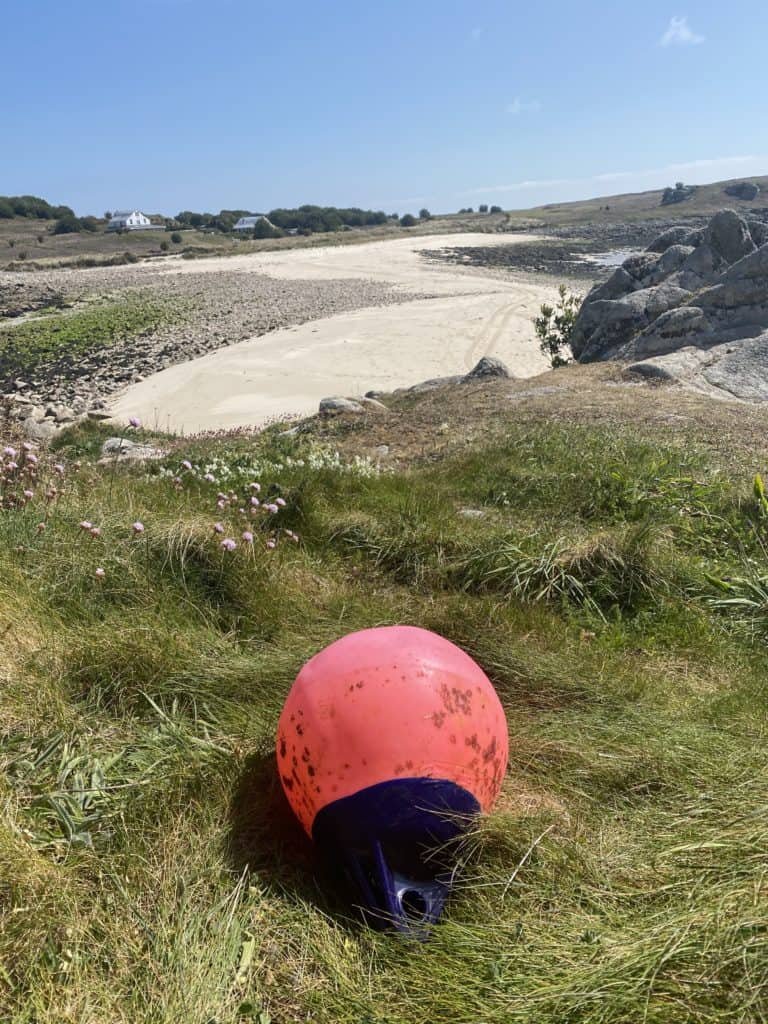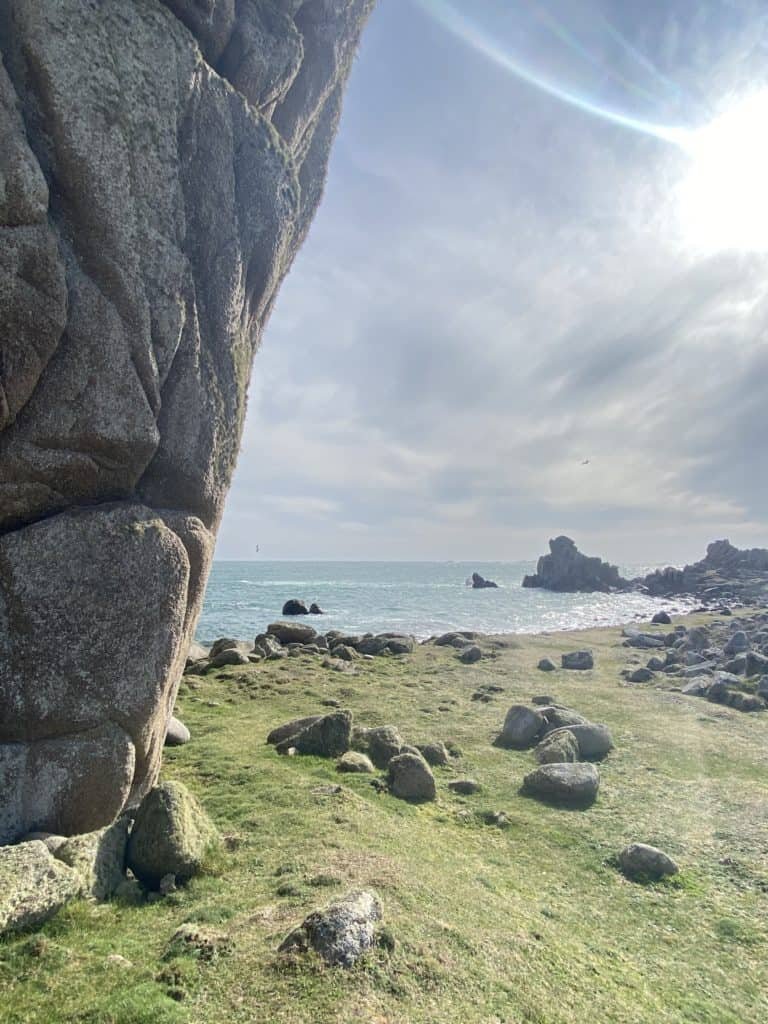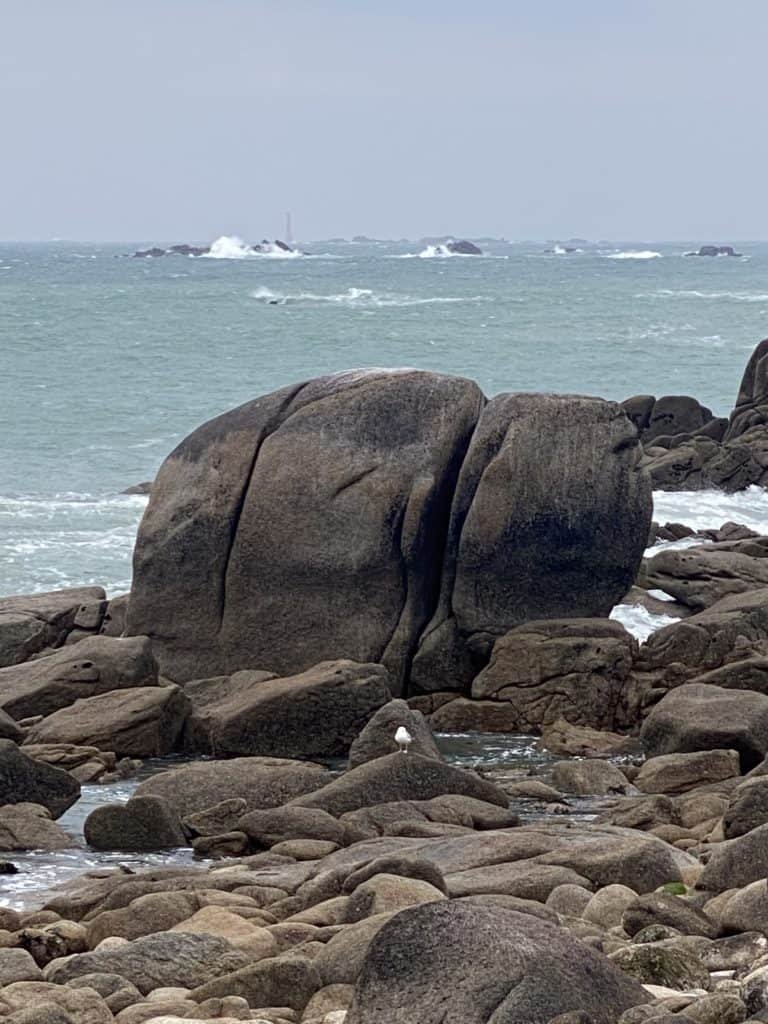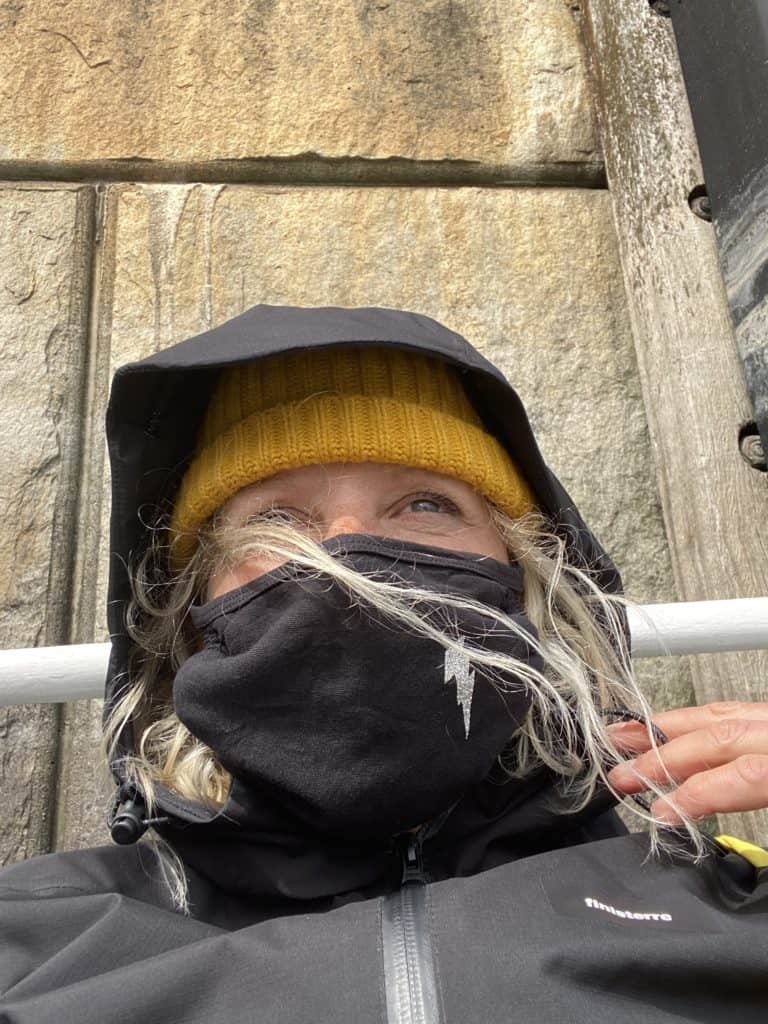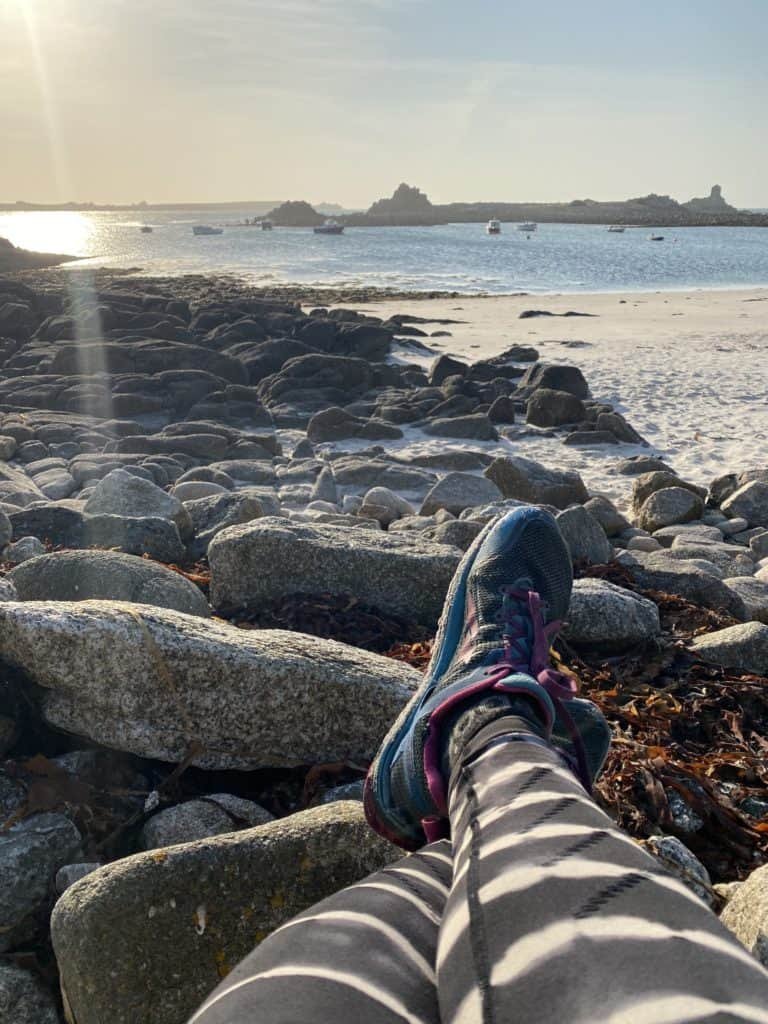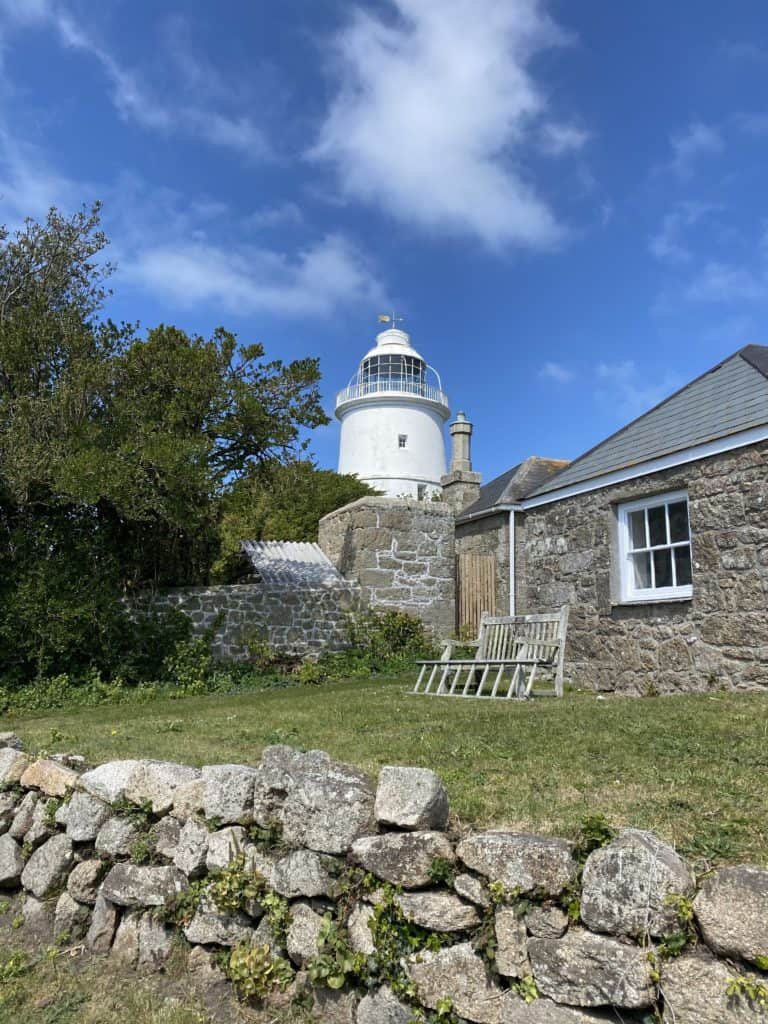St Agnes - The Most Southerly of the Scilly Isles (Part 2)
Last month I had the pleasure of a fantastic weekend trip to the Scilly Isles, staying in my cousin's house on St Agnes. I wrote about the beauty, history and natural phenomena of the island in Part One of my trip report which is here. Well, I'm back to bring you Part Two, with a little more info and background on what is truly a magical gem of a place to visit.
Despite being approx 50km off Lands End and the most southerly point in England, humans first settled on the Scilly Isles approximately four thousand years ago. St Agnes is the most southerly of all these isles. Interestingly it's not actually named for a Christian saint, as I had assumed originally.
The name most likely comes from fragments of two Cornish words: 'Ek' meaning 'far off' and 'Enys' which means Island. So together they make 'Ek-Enys' which became 'Agnes' over time. It would make sense that it was referred to as the 'far off island' as it's the furthest from St Mary's (the main island) and the most remote from all others. In fact, most of the other islands were connected by marshes and dunes until about 500 years ago. St Agnes, as well as its accompanying islands of Gugh, Annet (uninhabited) and the Western Rocks have always stood apart and had their own brand of rugged independence.
Although the island is small in size, it's packed with history and points of interest. Three days didn't seem long enough to explore every nook and cranny or sink into the pace of Island life. I did my best though, and here are a few other discoveries I made!
Troytown Maze
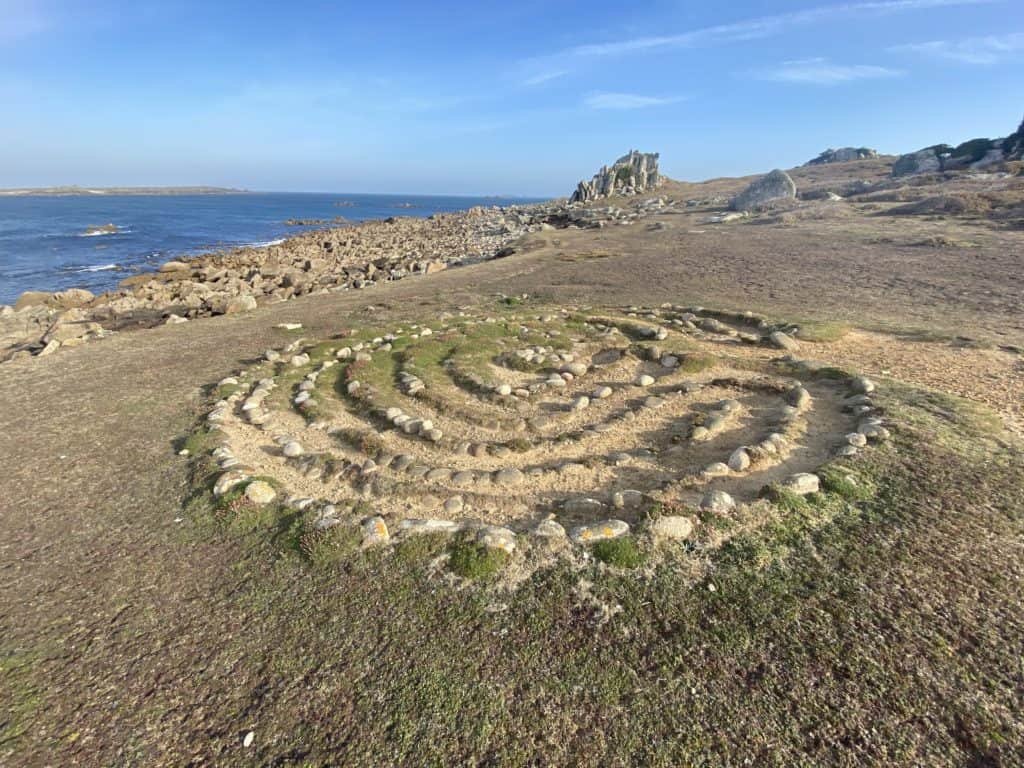
The Turf Maze
Just before I walked up the westerly side of the island, I came across an unusual sight. It's called The Troy Town Maze and gives the local Troy Town Farm farm its name. At first I thought it was a piece of art by a Scilly Isles artist, tatty after the winter months. However, after little research I realised it’s actually much older.
This type of seven-ring maze has been found throughout Europe. It's thought that they were often built on sea shores to protect sailors by sending them fair winds. It’s believed they’re called ‘Troy Town’ mazes because the legendary city of Troy was built in a clever and confusing way so that any attackers who got inside the city walls would struggle to find their way out.
In Wales there used to be turf mazes on hilltops, although sadly none now exist. These were called ‘Caerdrioa’, which could similarly be translated as ‘castle of turns’ or ‘City of Troy’. Although none remain in Wales, this turf maze on St Agnes is one of eight that survive in England.
St Agnes’ Troy Town maze is believed to have been made in 1729 by a man named Amor Clarke. He was the son of a lighthouse keeper on the island. However, when excavations were carried out in the 1980’s, they found evidence of a much older maze on the site. I wonder who the first was to cut the shape into the turf, thinking of sailors out in the weather. Whoever did it, it’s incredible that it still exists today.
St Warna’s Well
I came across these stone steps cut down into the side of a shoreside field not far from my cousin’s house. I was on my return leg of my loop around the island and I had no idea what it was, but guessed a grave. So when I got home and opened my laptop to investigate, I was happily surprised to find it was a well!
I discovered that St Warna’s Well is a natural spring, that was probably Christianised in the Dark Ages (5th or 6th Century) with the arrival of ‘St Warna’. She apparently landed in this little bay of St Agnes from Ireland in a tiny coracle, and lived here by this spring giving advice to local people. The well is the only surviving ‘ritual’ well here on the whole of Scilly, with all the others being domestic wells for people’s water.
St Warna is the patron saint of shipwrecks, which could be interpreted in two different ways if the stories are to be believed! In the distant past, legend has it that pins used to be thrown into this well as offerings to St Warna in the hope that ships would be guided away from the dangerous rocks of St Agnes and be safe. On the other hand, others ‘allegedly’ also used to throw bent pins into here as offerings to St Warna. This was to ask her to drive passing ships onto the rocks so that they would be wrecked. Then booty would be plundered by the islanders! I'll hope it's the first version of the tale.
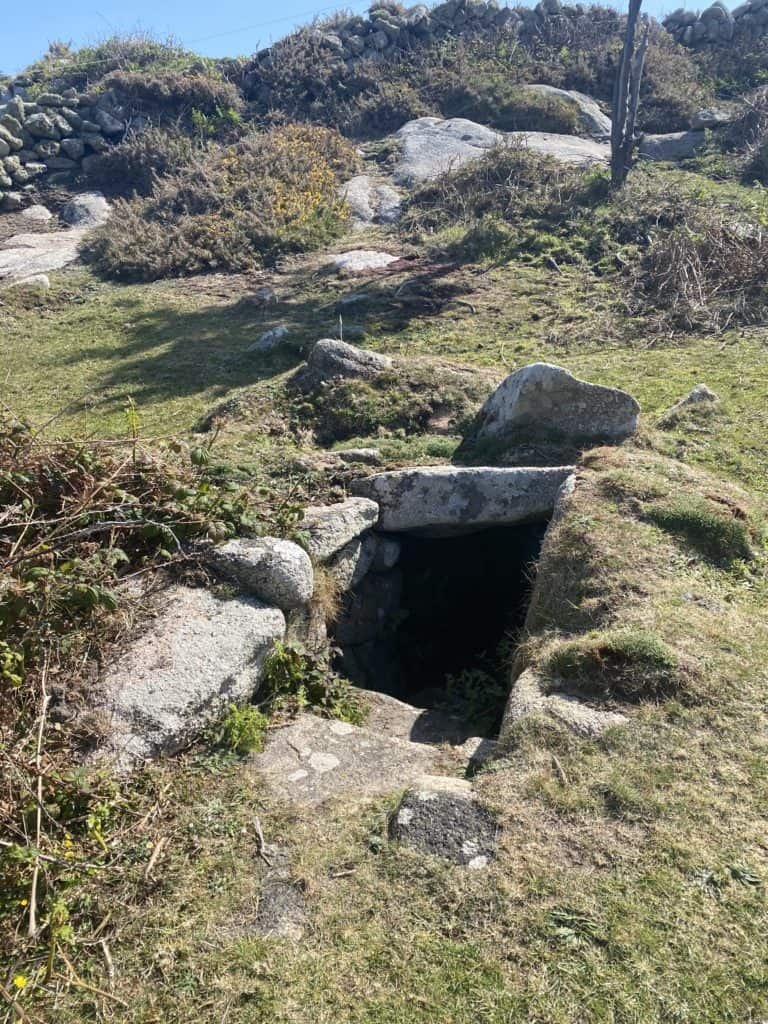
The Cairns and Rock Formations of St Agnes
-
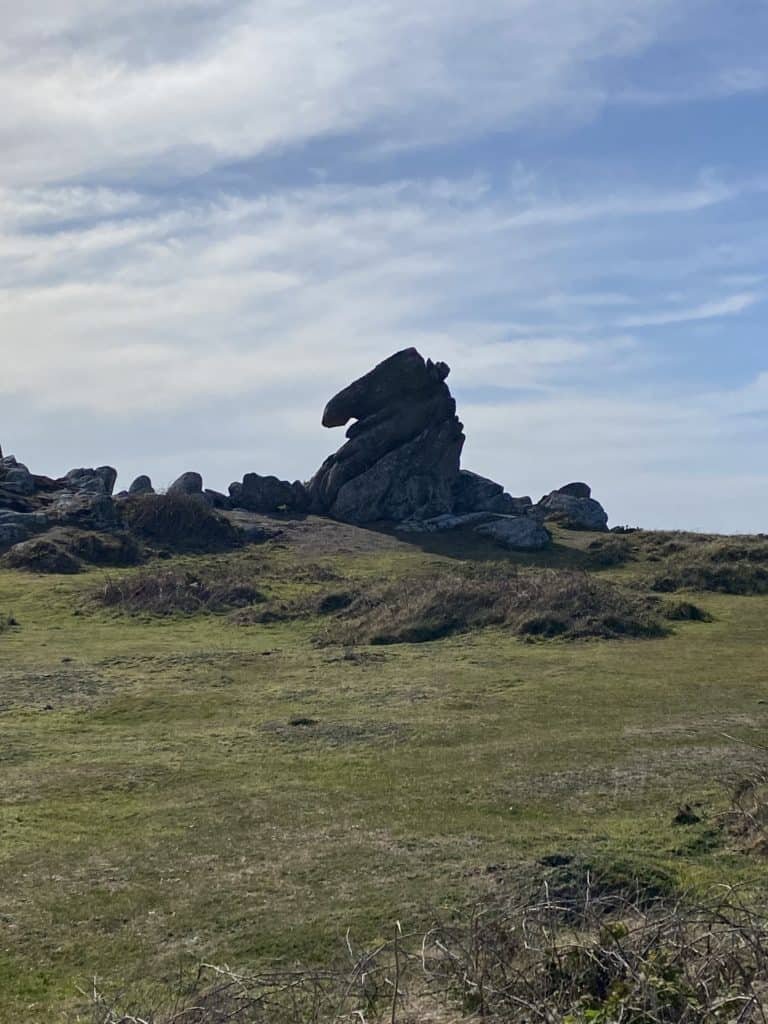
Does this look like a horse's head to you? -
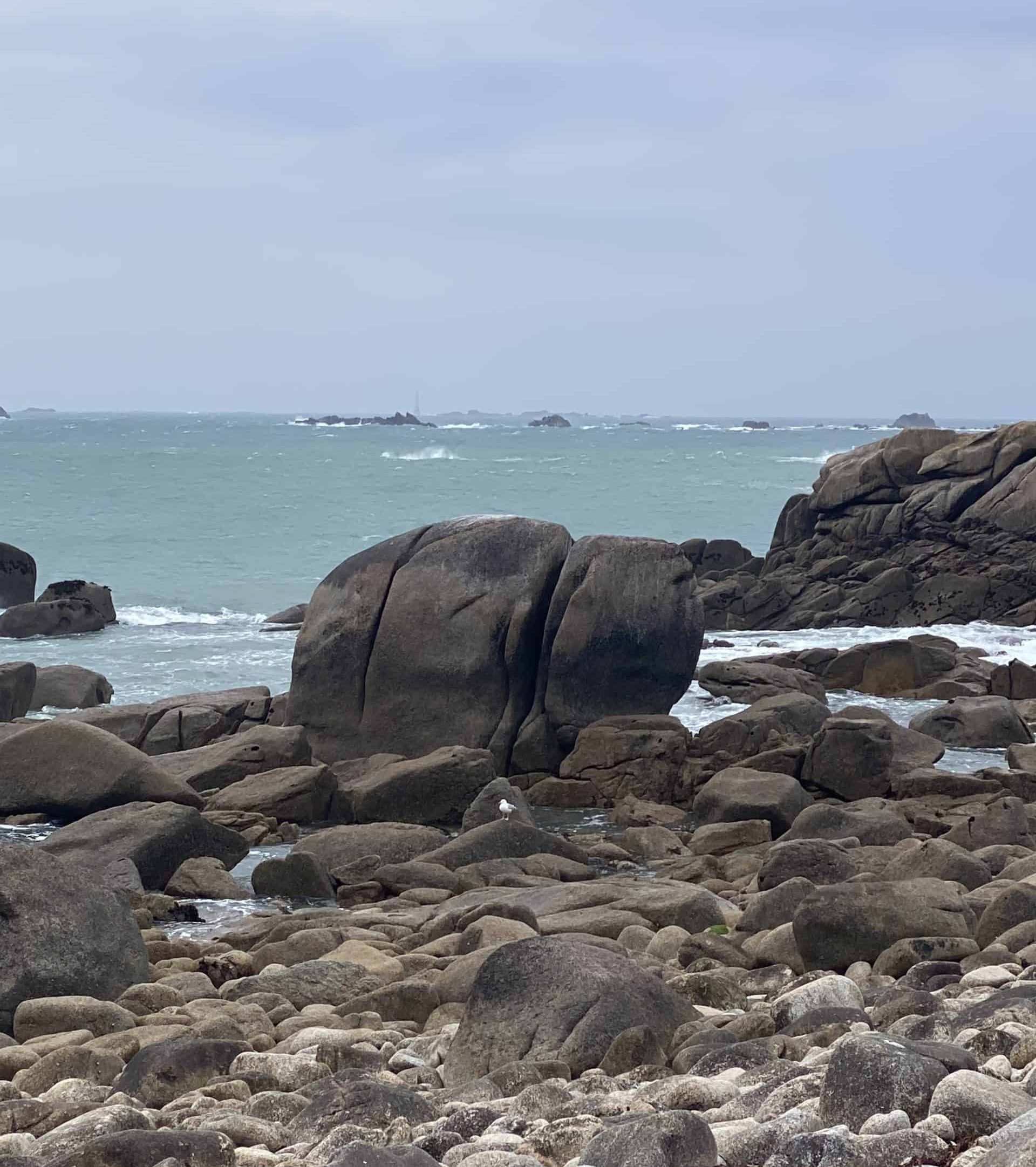
I think this looks like a sad baby elephant.
The cairns around St Agnes are imposing and beautiful, stretching up from the ground in a wild variety of shapes and forms. Some are perfectly placed along the shore with access points for techincal climbing and the added thrill of the water below, and others are squat and small on the Wingletang Down moorland, having been used in centuries past for ceremonies and graves.
The granite stones I walked around, marvelled at and tried to see shapes within, made up without doubt the most imposing features of the island. You can't walk far without coming across beautiful rock formations.
The granite that makes up the cairns and outcrops is about 290 million years old. It stretches 10km under the ground under the sea! The Scilly granite then joins to a single mass that extends through Cornwall, and up into Dartmoor in Devon.
The weather and sea has played with the rocks here, and created all manner of shapes within them. The Nag’s Head is the most famous, but my favourite was the sad baby elephant. It leans against the shoreline with its forehead pressing on a rock. Can you see it above?
Beady Pool and Scilly Isles Shipwrecks

The last place to mention for this list of delights is Beady Pool. I spent a few hours sifting sand here, desperate to find treasure!
Beady pool is a small sheltered beach on the south shore of St Agnes. The beach takes its name from the little ceramic beads that used to wash up here in their thousands. These beautiful handmade beads came from a Dutch ship that was wrecked on rocks nearby in the 17th Century. Locals and visitors alike could come and gather as many as they could hold in years past. These days it’s hard to even find a fragment unless a big storm shifts the sea floor. When that happens the waves throw the newly exposed treasure on the beach again afterwards.
Cornwall is famous for its wrecks and for finding the wreckage that goes with them. The Scilly Isles are no different! The shorelines here often gather flotsam and jetsam from ships when they fall apart or sink. It might have been beads and finery in times past, or Lego and containers of trainers more recently. Regardless, those that live by the beaches have seen many a strange thing wash up on their doorsteps!
None for me this time however. No matter how hard I concentrated and sifted the sand I couldn’t find any beads or bead fragments. Never mind. I’ll be back to look again before too long, that’s for sure.
Until Next Time Scilly Isles!
There's no doubt that I've fallen in love with the Scilly Isles all over again. Although this might be my last visit whilst I'm overseas, I'll be back again before too long. You can be sure I'll bring back more tales of the buildings, geography, the fabulous locals and the history of the island's coastlines. Let me know below if you have any particular questions I can answer!
You can visit the official website for visiting the Scilly Isles here.
